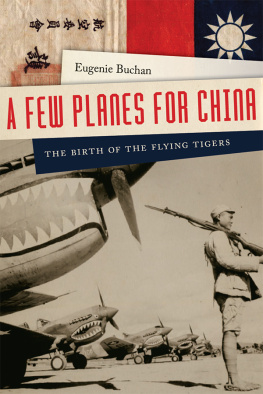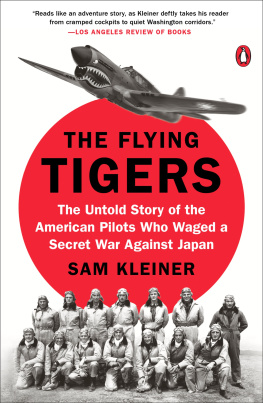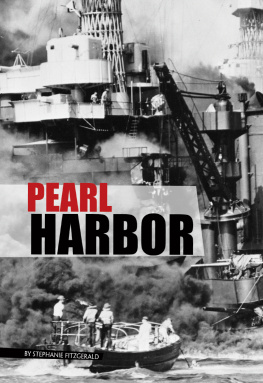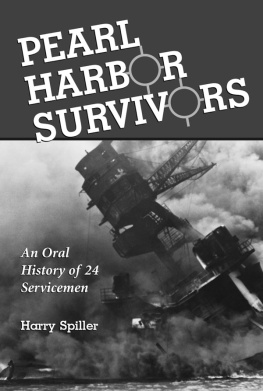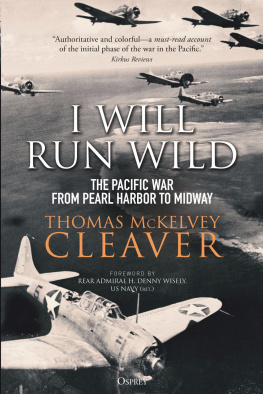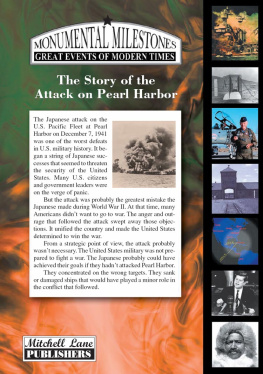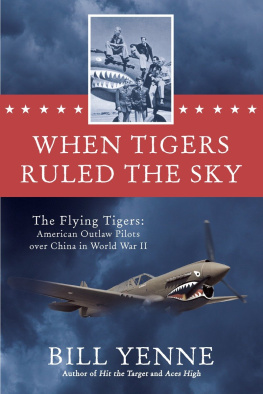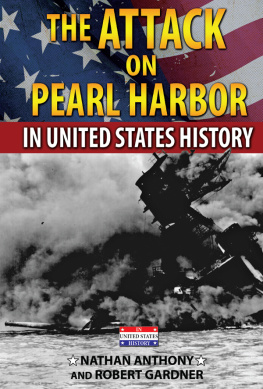
Acknowledgments
So many people have helped me over the past ten years with research for this book that their names could fill a telephone directory. I apologize if I have not mentioned all of them. Special thanks for their generosity in sharing documents or photographs go to Lennart Andersson, Ed Amaczyk, and Marilyn Brown of the Tonawanda-Kenmore Historical Society, and Alan Armstrong, Anthony Carrozza, Dr. Cynthia Chennault, Nicholas Dennys, Lila Garnett, Ge Shuya, Andrew Leighton, David Leighton, Sarah Leighton, Hsiao-ting Lin, William C. McDonald III, Tracy Minter, Professor Richard Overy, Anthony Slessor, and David Yao. Several have helped me along the way or shown special interest in the project: my agent Ronald Goldfarb, and Gerrie Sturman, Dan Ford, Diana Fortescue, Peter Harmsen, Robert Keatley, Emma Oxford, Anita Pawley, James Srodes, and Jay Taylor. Others have listened patiently to updates about the story: Elizabeth Llewellyn, Alison Rea, and last but not least my husband David Buchan.
Chiangs Rotten Air Force
I n early February 1939, Generalissimo Chiang Kai-shek and Madame Chiang invited to their residence in Chungking the new British air attach in China, Group Captain Robert Stanley Aitken of the Royal Air Force. Over tea, he hoped to find out more about their requests to buy British aircraft and bring RAF advisers to China to reform the air force.
This was not the first time that the Chinese Air Force and its ministry had been labeled as rotten. In October 1936, Aitkens predecessor, Wing Commander Harold Kerby, reported that Chinas ruling couple were thoroughly disgusted by standards at the main flight school at Hangchow and described its white buildings as a cloak for the rottenness within.
Rarely if ever did foreign military attachs have anything good to say about Chinas air force or army. The founding father of such critiques was Major John Magruder, who served as the US military attach in Peking from 1926
CAF pilots fought bravely in the first three months of the Sino-Japanese War but lacked leadership as well as reserves to prolong the war in the air. When the conflict began on July 7, 1937, Japans air forces had outnumbered the CAF by four to one: Japan had 620 army planes with 25 percent reserves, and 600 navy aircraft, all produced by Japanese manufacturers. The Chinese had only 250 airworthy planes, all of which were imported: 230 came from the United States, the rest from Italy or Germany.
After the air force collapsed, the Chinese started to rely on Russian airplanes and pilots. In August 1937, Chiang had signed a nonaggression pact with the Soviet Union, which became the basis for military assistance. The terms of the pact featured low-interest loans with which the Chinese could buy hardware, especially aircraft. Planes began to arrive in November 1937. Over the next three years the Nationalists received a total of nine hundred Soviet planes, of which 80 percent were delivered by the end of 1939.
With equipment came advisers, and the mission known as Operation Zet began to expand. In the Soviet Union the pilots achieved heroic status comparable to that of the Flying Tigers in the United States.
Operation Zet was so well established by 1938 that the Chinese Air Force seemed to have transferred its loyalty from the Chiangs to the Russians. Such was the conclusion of the assistant US naval attach, Marine Corps captain
At the end of February 1938, Madame Chiang gave up her chairmanship of the CoAA. Exhausted and in ill health, she retired from aviation affairs and persuaded her brother T. V. Soong to take over as chairman of the CoAA. As McHugh reported, Soong was content to let the Russians assume responsibility for the countrys air defense because they provided much-needed credit and better airplanes than the superseded models available from the United States. From 1933 to 1938, Dr. Kung in his role as finance minister had handled nearly all negotiations with Bill Pawley of Intercontinent to buy Curtiss-Wright Hawk fighter planes. In 1933, Pawley and Kung set up a joint venture between three American partnersIntercontinent, Curtiss-Wright, and Douglas Aviationand the Nationalist government: the Central Aircraft Manufacturing Company (CAMCO) was designed to save the Chinese government money on the cost of importing planes in their large principal partsfuselage, wing, and motor. The arrangement was to take advantage of lower labor costs and local raw material to make certain parts in China and assemble the planes there.
This business model worked well until the outbreak of war, which had the effect of greatly increasing the cost of plane parts from the United States and inducing the Chinese to rely on less-costly Russian equipment. In April 1938, Leighton noted that the USSR provided planes at costs that were much lower than anything Intercontinent could offer. Therefore, the prospects for selling American planes were far from brilliant.
T. V. Soong willingly accepted dependence on Soviet aid, but others in the
Donald had invited Aitken to come to Chungking and arranged his appointments. He too told the new British air attach that the air force was in a hopeless state, mainly because of its incompetent officers: Donald singled out for special sanction General Mao Pang-chu (also known as Peter or P. T. Mow), the head of air operations.
To his surprise, Aitken found that General Mao spoke more common sense about aviation than anyone else, even if he was a corrupt scoundrel.
At Kunming, the capital of Yunnan Province, Aitken met the senior CAF officer in charge of flight instruction, General Chow (Chou Chih-jou), as well as the chief instructor, an American called Colonel Chennault.
Aitken understood that there were a dozen or so American Army Air Corps reserve officers training CAF cadets.
One of the American instructors was William MacDonald, an old flying companion of Chennault. In the mid-1930s, Mac had been a wingman in the latters AAC aerobatic trio, Three Men on a Flying Trapeze. Although Mac refused to admit that he had flown combat missions, he nonetheless alluded to one: he had tried to instill a true sense of loyalty and duty in Chinese crews, but the first time that he led them against an equal number of Japanese (nine), they deserted him immediately.
Aitken got hold of a questionnaire in which Chennault listed for the generalissimo the CAFs countless defects: weak organization, poor training, bad discipline, and lack of initiative on the part of Chinese personnel, as well as the shortage of reserve aircraft and spare parts. In his view, pilot error due to unsound and inadequate training had caused the air force to lose half its planes in the first six months of the Sino-Japanese War. Nonetheless Chennault believed that Chinese pilots, if properly drilled and equipped,
Although the CAF seemed to be a lost cause, the Chiangs gave every indication of wanting to reform and revive it. On December 13, 1938, US diplomats in Chungking had reported that the generalissimo was intent on revamping and expanding the Chinese Air Force. The government also was about to sign a large contract for planes to be built at a new CAMCO factory located in Yunnan Province. Aitken, however, made no mention of these significant developments. It would appear that the Chinese managed to keep secret their renewed commercial relations with the Intercontinent Corporation, its partner in CAMCO. In December 1938, after a yearlong break, Dr. H. H. Kung resumed his responsibility for American aircraft procurement. He entertained tenders from Bill Pawley as well as another aircraft broker, A. L. Pat Patterson. Kung was in the market to buy as many as three hundred new American combat planes from one or the other.
Next page
